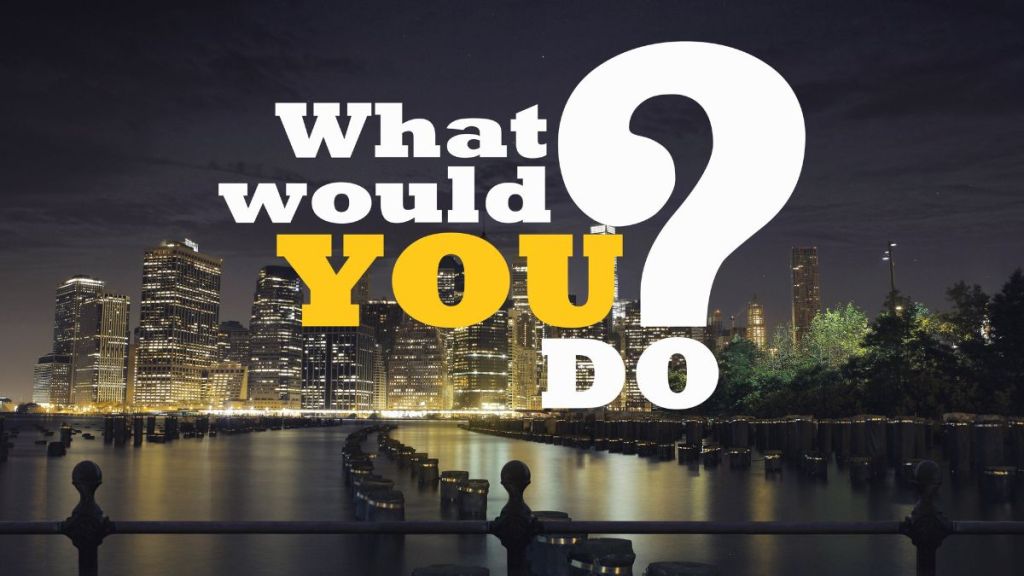Viewers of What Would You Do? Season 17 are wondering how many episodes would there be. What Would You Do? is bringing back its signature hidden-camera format and a fresh cast of everyday people navigating complex ethical situations. Remember shows like Punk’d and Nathan For You but with a focus on real-life reactions and ethical conundrums? Yeah, expect that, but turned up to eleven. Mark your calendars for the February 18, 2024 premiere on ABC, and get ready to witness firsthand how ordinary people grapple with moral dilemmas.
Here’s how many episodes are in What Would You Do? Season 17 and on what day new episodes come out.
How many episodes are in What Would You Do? Season 17?
What Would You Do? Season 17 is yet to premiere its first episode. What Would You Do? The all-new season premieres Sunday, February 18, 2024, at 10/9c only on ABC. Although, viewers can also stream it on Hulu.
Created by Chris Whipple, the show with a social experiment format follows the reactions of passing strangers as they encounter conflict or illegal activity in a public setting, unaware that it is all staged and being recorded with hidden cameras. As the episodes unfold, the series masterfully navigates the intricacies of the human psyche, probing into the very essence of empathy, compassion, and societal norms.
The legendary John Quiñones remains at the helm, guiding viewers through the emotional roller coaster of each episode. But the cast expands beyond the usual actors. Real people, from everyday heroes to community leaders, step into the spotlight, facing moral dilemmas
When do new What Would You Do? Season 17 episodes come out?
New episodes of What Would You Do? Season 17 typically will be released every Sunday on ABC.
The official synopsis for What Would You Do? Season 17 reads:
“An American television news magazine and hidden camera show. Actors act out scenes of conflict or illegal activity in public settings while hidden cameras videotape the scene, and the focus is on whether or not bystanders intervene, and how. Variations are also usually included, such as changing the genders, the races or the clothing of the actors performing the scene, to see if bystanders react differently. Quiñones appears at the end to interview the bystanders about their reactions. As the experiment goes on, psychology professors, teachers, or club members watch and discuss the video with Quiñones, explaining and making inferences on the bystanders’ reactions.“










